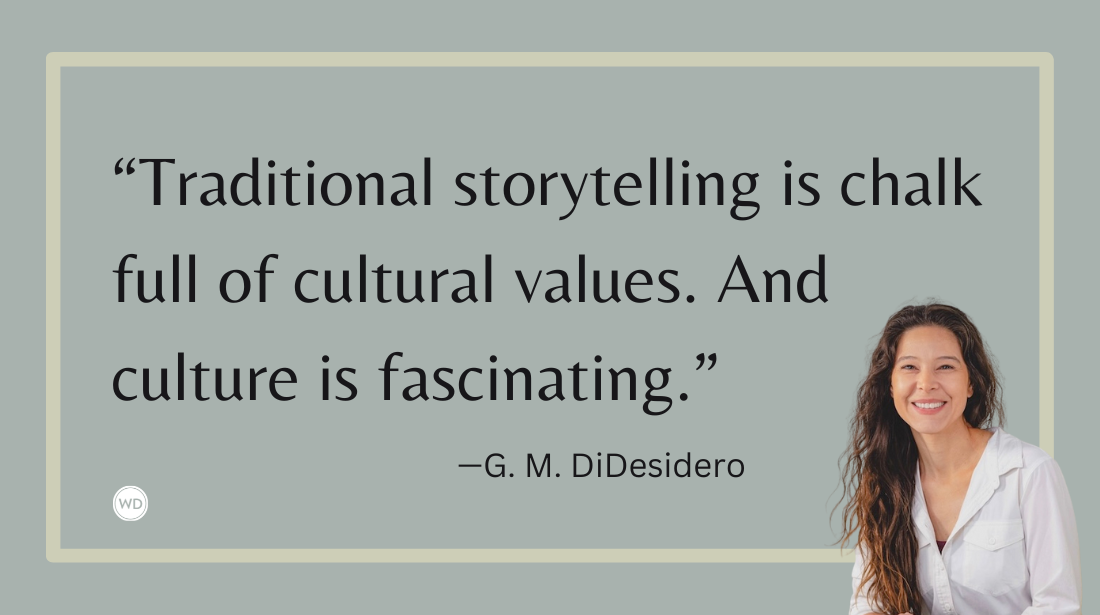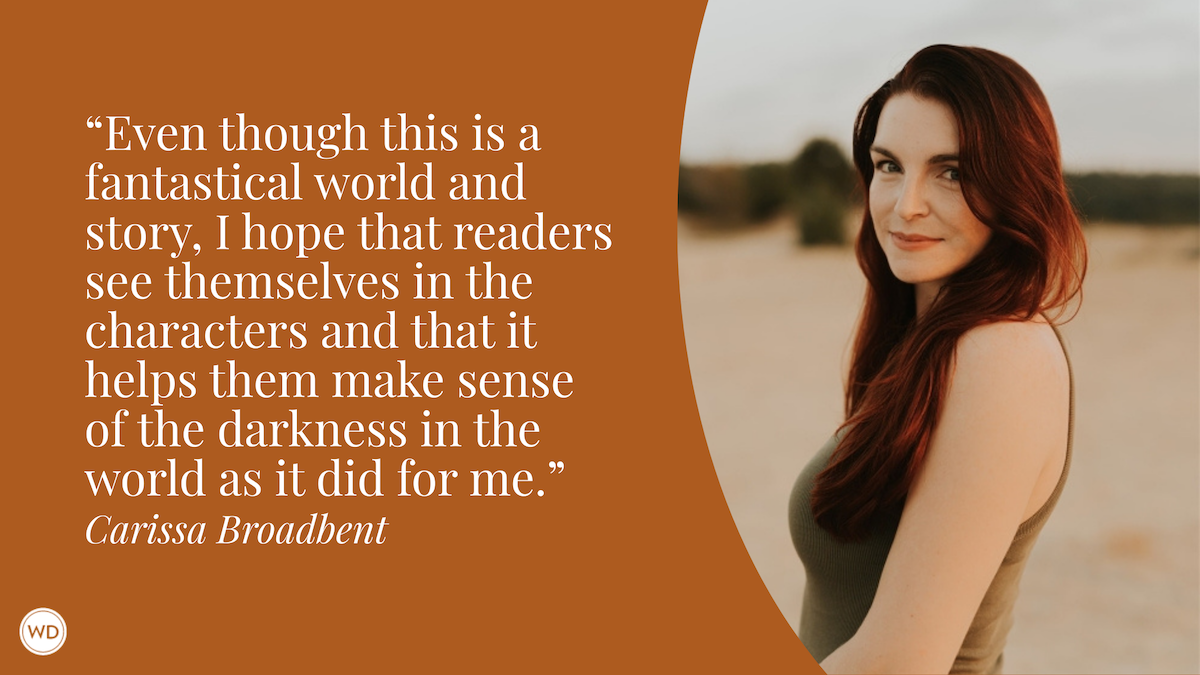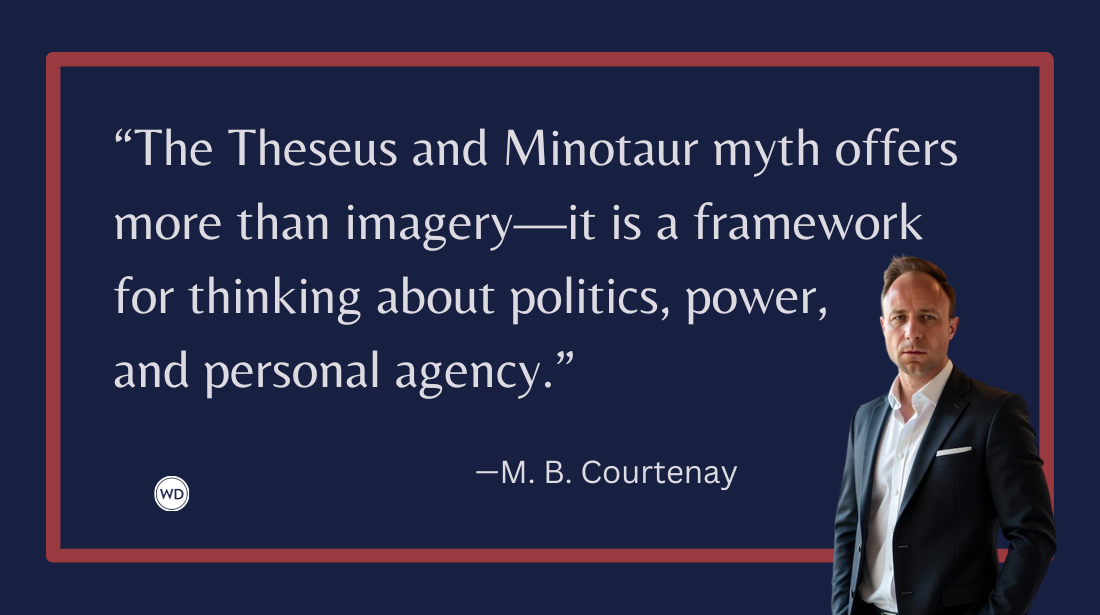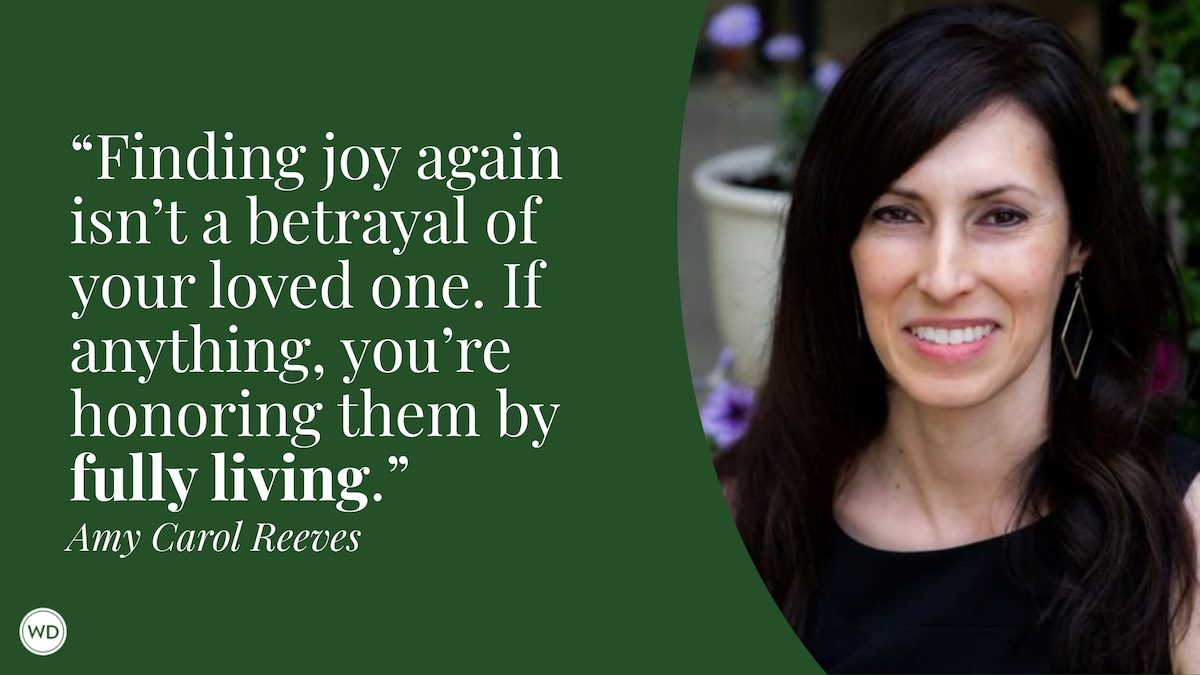How to Portray Time and Memory in Stories
Author Anita Felicelli explains her process for portraying time and memory in stories, including examples from other authors.
Time is a tremendously elastic concept, but if you think about it, almost all stories implicitly deal with time: They relate a temporal sequence of moments or events, rather than describing a single moment. But the relationship between time and stories is even more profound than that, I think.
The author Joy Williams has observed, “What a story is, is devious. It pretends transparency, forthrightness. It engages with ordinary people, ordinary matters, recognizable stuff. But this is all a masquerade. What good stories deal with is the horror and incomprehensibility of time….”
The origins of my short story collection How We Know Our Time Travelers, which is about the oceanic “horror and incomprehensibility of time,” was my sense, after becoming a parent and learning to accept suffering serious illnesses, that time would not work the way I expected it would when I was younger, and instead would remain terrifyingly mysterious and slippery throughout the rest of my life. I could not quite grasp time when I thought about the concept too hard, and yet it was, perhaps, the hugest motivating force in my life.
There was no linear progression, as many traditional children’s novels had taught—rather, there were layers of time, and within my single body were selves I was barely acquainted with any longer, and yet, given the right circumstances, I’d feel myself returned along the tides of memory to these points of time in which I’d existed as another self: The young storyteller who wrote about girls who couldn’t find their way home; the teenager who painted weird, surreal images on wood and casually gave them away to friends; a young college student drunk on newfound freedom and power; the baby lawyer who acted like a compassionate sixty year old while withering away; the newlywed who finally embraced the unpredictability of a life in books after years of trying on suits and predicting legal outcomes; the excited new mother, and, then, the older mother with illnesses coming to terms with decisions already made, moments that couldn’t be retrieved—and the heartache that followed.
Strangely, I became aware, in the course of thinking about my own ending, that my body also contained within in a range of futures—different places where the train might jump the track, distinct last stations. The body as a vehicle for past and future time travel. As I came to conceive of it in my book, time travel was an ordinary phenomenon that happened daily in the mind, even when least expected, triggered by sense memory and uncanny resemblances. While working on How We Know Our Time Travelers, I drew on the intuition that time allows every moment to coexist with other moments.
In the title story, for instance, a middle-aged artist holds an open studio at which she meets a young man who deeply, overwhelmingly reminds her of her now jaded and cynical gallerist husband, and who she comes to believe is her husband journeying forward in time to meet her. The story moves from her uncertainty about the empirical reality of who she’s seeing—to an alarming but slightly erotic certainty about the young man, whoever he is. With subtle shifts in sentence construction and word choice, I tried to frame the emotional reality of the story to create the feeling she has traveled back, or he has traveled into her present. But there is also the interpretation that she is insane.
Choices in style also informed the operation of time in the short story “Steam Tunnels,” in which repetition and circularity in the sentences provide foreboding, and hints at the story’s conclusion. Time travel is more explicit and traditional, however, in “The Moment,” which tells of a young man who wants to invent a time travel machine; his motivation comes clear at the end of the story.
How you use language sets the course for how time functions within your story. Numerous details can slow a scene, can create a sense that time has lengthened, that the reader should pay closer to that moment over other moments. Every year around my birthday, I read Robert Coover’s daring and brilliant experiment with time, “Going for a Beer.” It’s a story that consciously plays with syntax in order to alter a reader’s sensations of time passing and speeding up. It tells the story of a man aging; the alacrity of the pacing, the sentences collapsing in on each other, makes us feel he doesn’t quite comprehend the things that have happened to him, and that perhaps time is working on us in this way in our own lives.
Coover’s sentences are written in present tense but collapse time by joining a moment from the present with one from the future, sometimes defying rules of logic. Here are the story’s first two: “He finds himself sitting in the neighborhood bar drinking a beer at about the same time that he began to think about going there for one. In fact, he has finished it.” The sentence starts with the event of drinking at the neighborhood bar—an event so ordinary it seems outside time—but then it twists. He’s simultaneously drinking in the bar and not drinking at the bar but thinking about his next drink, and the second sentence is the kicker, “in fact he has finished it.”
By the end of the story, time has accumulated like a snowball and also gotten away from this character, rolled downhill. The pressure in Coover’s story comes from the radical juxtapositions of different moments within single sentences that work on our own psyches, reminding us of our own mortality. Not every story would work with this experiment, but playing with how time operates within your sentences, as well as at the macro level, allows you to open up and refine characters’ relationship to time and the past, and change the reader’s experience.
While my preference while writing How We Know Our Time Travelers was for evoking time with sentence construction, for experimenting with what sentences could do to alter how time moves within a reader’s consciousness and aligns the sentences with the form and the events of the story, I’ve found interesting strategies for writing philosophically about time in Alice Munro’s more traditional stories. Munro uses extended flashback and flash-forwards to capture the full weight of a life, never mind the common, pedestrian advice to limit these passages about the past to avoid taking the reader out of the present action—and gets away with it. Her characters’ interiority is sometimes expressly philosophical about the weight of time, and our ability to relate it quickly and easily and beautifully to our own feelings about time, draws us forward.
Midway through Munro’s “What Is Remembered,” for example, readers are taken forward 30 years to the death of the protagonist’s former lover, which leads to an express description of time’s weight on her memory of that long-ago, brief infidelity, “What she had to go through was wave after wave of intense recollection. And this was what she would continue to go through—at gradually lengthening intervals—for years to come. She would keep picking up things she’d missed, and these would still jolt her. She would hear or see something again—a sound they made together, the sort of look that passed between them, of recognition and encouragement.” Following this reverie, are sense impressions of the man. The story is patterned along these shifts in which the abstract insight or interior movement is qualified by a more concrete passage.
As I wrote and rewrote my own stories about time, a constant consideration for me was how to make a reader feel time the way I was feeling this force—this sense that my life was going so fast it was collapsing in, and my struggle against the anxiety of time progressing, unfeelingly forward, as my mind kept traveling back.
I realize that how I wrote my collection is reflected by sentences and stories in which time is not linear or easy. Letting go of continuous time has allowed me to portray characters through a strange, altered reading experience that mirrors how I now experience time.
Check out Anita Felicelli's How We Know Our Time Travelers here:
(WD uses affiliate links)
Anita Felicelli is the author of How We Know Our Time Travelers. Her other books include Chimerica: A Novel and the award-winning Love Songs for a Lost Continent. Anita’s short stories have appeared in The Massachusetts Review, Midnight Breakfast, Air/Light, The Normal School, and elsewhere. She has contributed essays and criticism to the Washington Post, the Los Angeles Times, Alta Journal, Slate, San Francisco Chronicle, Los Angeles Review of Books, and the New York Times (Modern Love), among other places. Anita edits Alta Journal‘s California Book Club. She served on the Board of the National Book Critics Circle from 2021-2024. Anita lives in the San Francisco Bay Area with her family. (Photo credit: Amy Perl)









